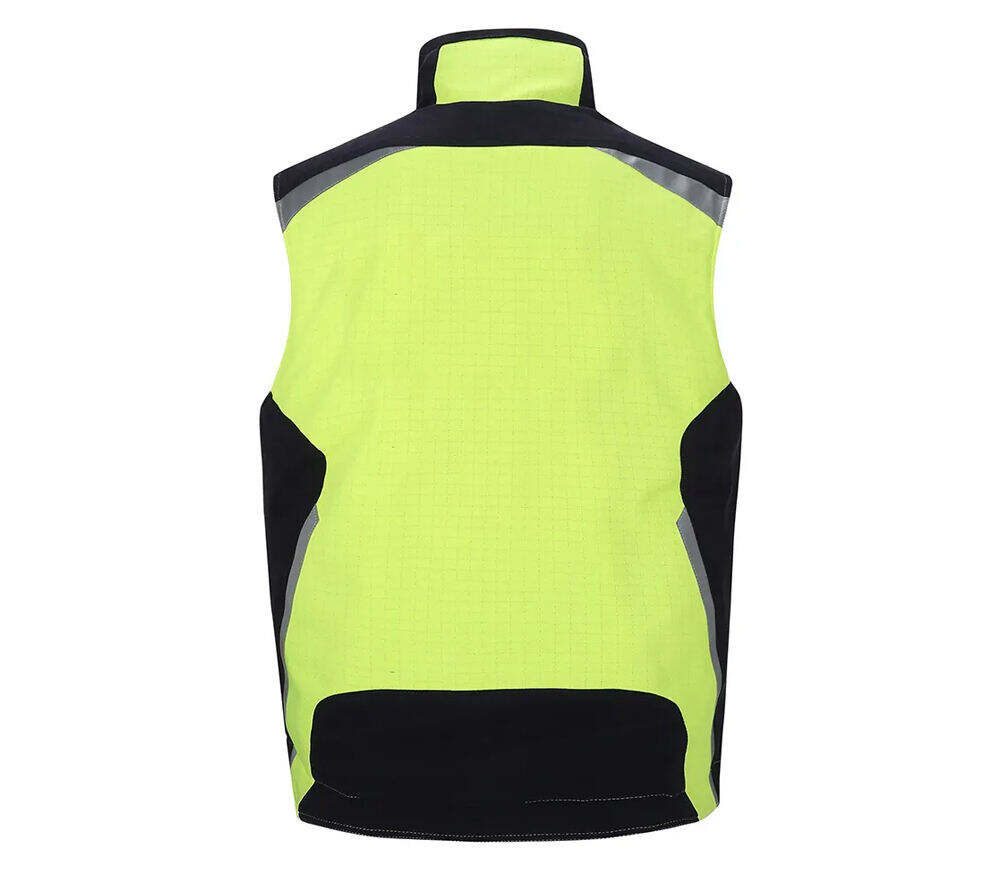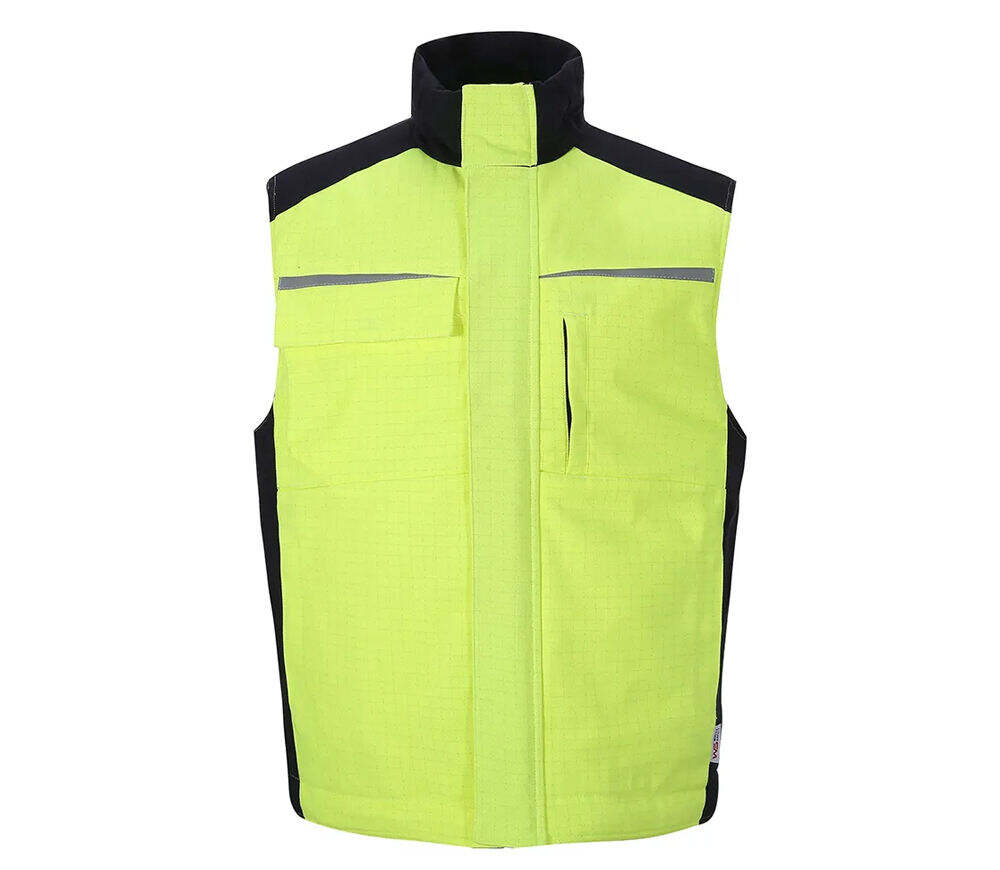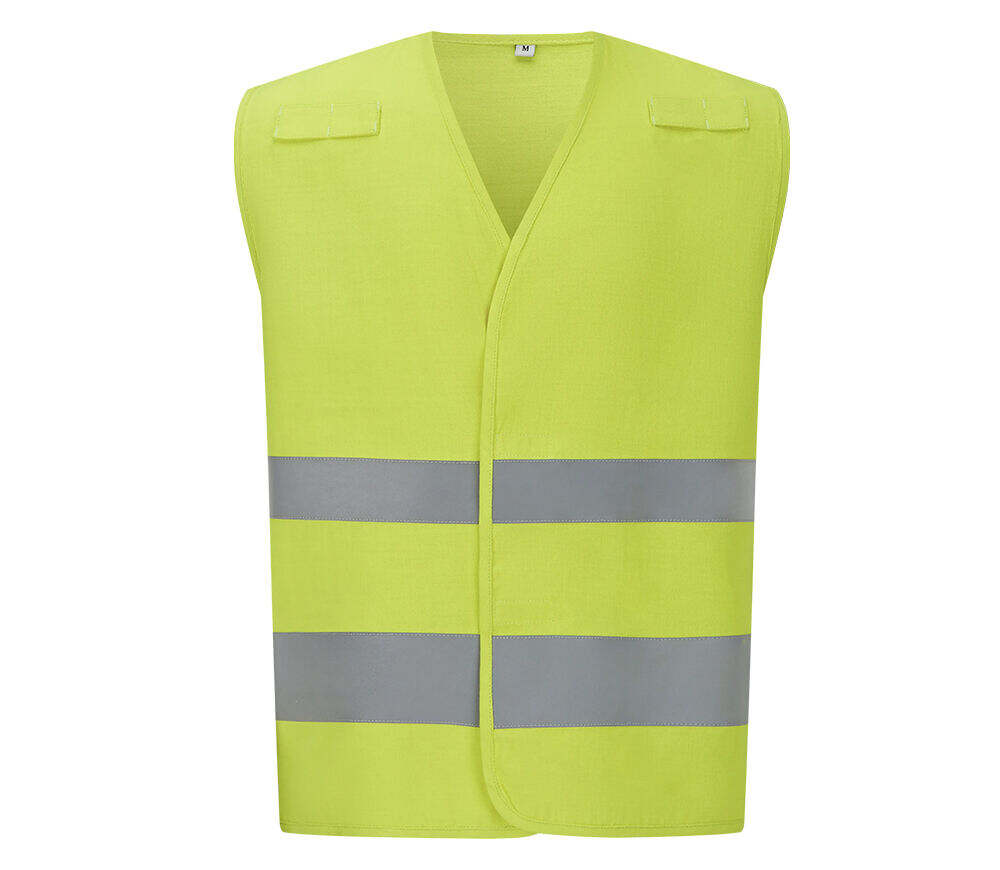Protective clothing and regular workwear are two distinct categories of attire that serve different functions in the workplace. At Top Wholesafety (Shaanxi) Co., Ltd., we recognize the importance of selecting the appropriate clothing based on the nature of the work and the potential hazards involved. Protective clothing is specifically designed to shield workers from various occupational hazards, such as chemical spills, thermal burns, electrical arcs, and physical impacts. It is made from specialized materials that have unique properties to provide the necessary protection. For instance, in industries like petrochemicals, protective clothing may be made from chemical-resistant fabrics that can withstand exposure to corrosive substances. In the construction industry, protective clothing might include high-visibility vests to enhance worker visibility and reduce the risk of accidents. Regular workwear, on the other hand, is intended for general work environments where there are no significant hazards. It focuses on comfort, durability, and functionality for routine tasks. Regular workwear can be made from a variety of materials, such as cotton, denim, or polyester, depending on the job requirements. It typically includes items like shirts, pants, overalls, and coveralls, which are designed to be comfortable and easy to move in. One of the main differences between protective clothing and regular workwear is the level of protection they offer. Protective clothing provides a higher degree of safety by incorporating features such as reinforced seams, multiple layers of fabric, and specialized coatings. These features help to prevent or minimize injuries in case of an accident. Regular workwear, while it may offer some basic protection against minor scrapes or dirt, is not designed to withstand severe hazards. Another aspect to consider is the compliance with safety standards. Protective clothing is often subject to strict industry regulations and standards, which ensure that it meets specific safety requirements. Manufacturers must conduct rigorous testing to verify the performance of the clothing under different conditions. Regular workwear, however, is not typically held to such high safety standards, as its primary purpose is not to protect against occupational hazards. In addition, protective clothing may require special care and maintenance to ensure its effectiveness. For example, chemical-resistant clothing may need to be cleaned and stored according to specific instructions to prevent degradation of the protective properties. Regular workwear, on the other hand, can usually be washed and maintained using standard methods. In conclusion, protective clothing and regular workwear have different roles in the workplace. Protective clothing is essential for workers in hazardous environments, providing a high level of protection against various occupational risks. Regular workwear is suitable for general work settings where there are no significant hazards, focusing on comfort and functionality. Choosing the right type of clothing is crucial for ensuring worker safety and preventing accidents on the job.


